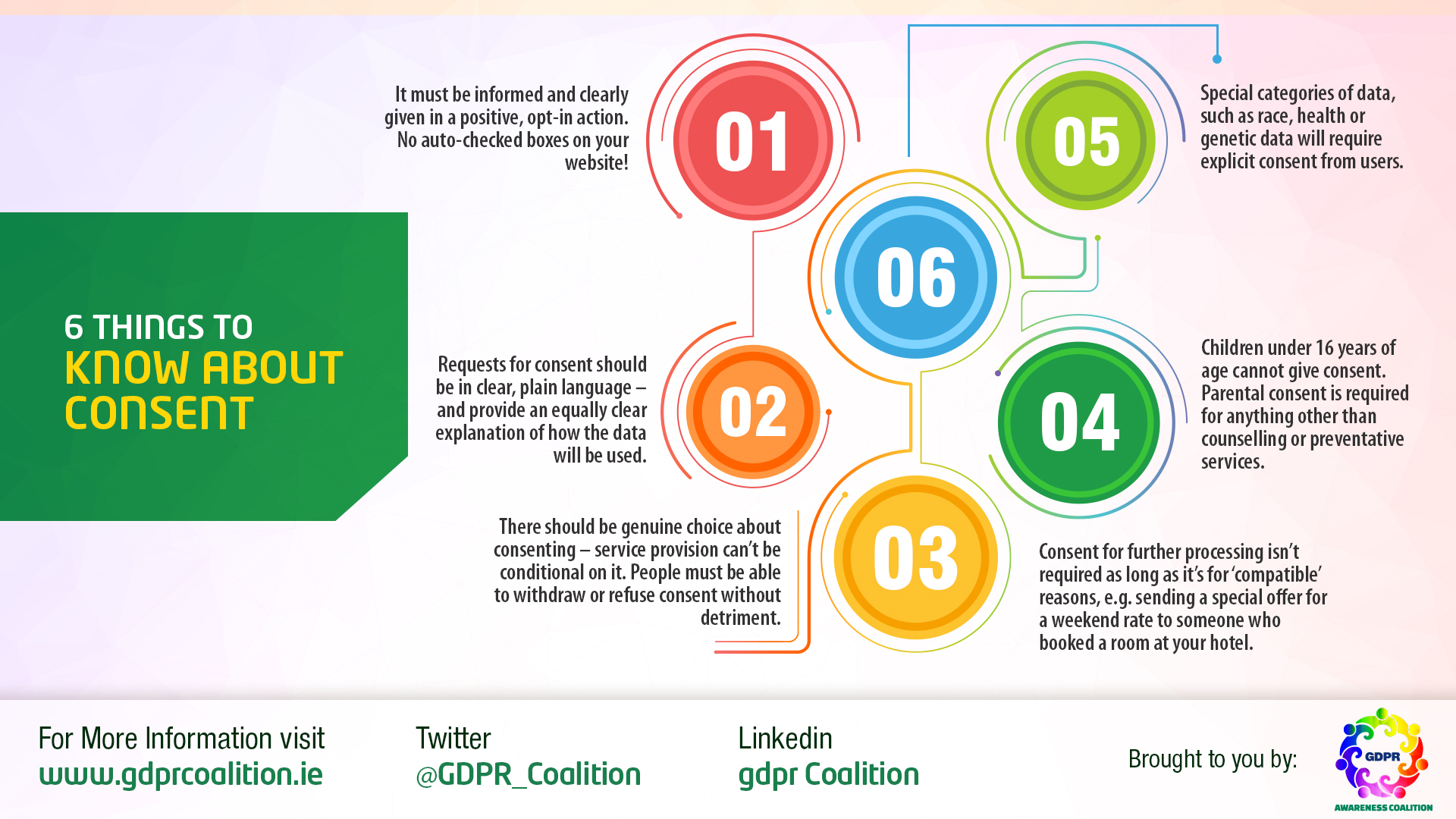Update:28-11-2017
According to the Dutch DPA, consent is not the silver bullet.
This will make ccTLD registrations outside of the EU for natural persons very problematic and perhaps such registrations should be avoided, though this is not legal advice in any shape or form.
Consent is often cited as the Silver Bullet to transfer data outside of the EU.The requirements, however, can be rather complex given the fact how registries/ICANN process and control the data.
The rules according to Art.6.1(b).
Data subjects are provided with a clear explanation of the processing to which they are consenting; The consent mechanism is genuinely of a voluntary and “opt-in” nature;
Data subjects are permitted to withdraw their consent easily;
The organization does not rely on silence or inactivity to collect consent (e.g., pre‑ticked boxes do not constitute valid consent);
- Be specific and granular. Vague or blanket consent is not enough
- Name any third parties who will rely on the consent
- Make it easy for people to withdraw consent and tell them how
- Consent must specifically cover the controller’s name, the purposes of the processing and the types of processing activity
Purpose
Consent will be needed for different processing operations wherever appropriate – so you need to give granular options to consent separately to separate purposes unless this would be unduly disruptive or confusing. As a minimum, consent must specifically cover all purposes.
Consent shouldn’t be.
Recital 32 also makes clear that electronic consent requests must not be unnecessarily disruptive to users. You will need to give some thought to how best to tailor your consent requests and methods to ensure clear and comprehensive information without confusing people or disrupting the user experience – for example, by developing user-friendly layered information and just-in-time consents.
Principles of data protection
In data protection, there is the fundamental principle which is unchanged even in the age of Big Data.
The data subject has to be in control of her/his data, which means for consent that you need consent for every each of the data processing activities (even for minor changes in the processing)
Scope
Considering that Registrars and Domain Name Resellers do business with more than 1000’s of TLDs located in more than 200 countries the complexity of getting consent “right” seems to be very difficult and complex and not recommended for domain name registrations.
The Right to be forgotten.
Individuals have a right to have personal data erased and to prevent processing in specific circumstances:
- Where the personal data is no longer necessarily about the purpose for which it was originally collected/processed
- When the individual withdraws consent
- When the individual objects to the processing and there is no overriding legitimate interest for continuing the processing
- The personal data was unlawfully processed (ie otherwise in breach of the GDPR)
- The personal data has to be erased in order to comply with a legal obligation
The above adds another layer of complexity. Some Registries will delete the data of the data subject; some don’t. Currently, it is unknown which policies the registries have in place. In short, consent adds a whole layer of organizational challenges. It is assumed that the withdrawal of consent does not automatically imply that the service can be terminated as consent was not ““freely given”, a requirement of the GDPR.
Given the fact how the public WHOIS system works it is unknown how the right to be forgotten should work in practice within the DNS.
More information about consent can be read here.
